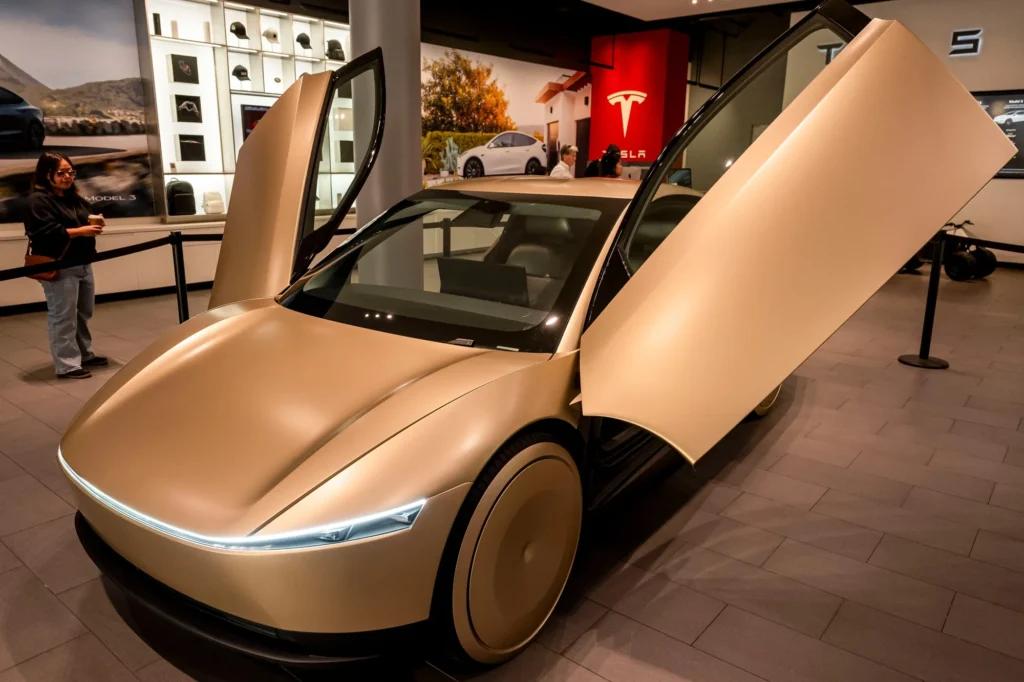
Tesla’s robotaxi control system will utilize remote access and control, also known as “teleoperation,” to monitor and intervene when necessary. Here’s how it works and its limitations:
ey Aspects of Tesla’s Robotaxi Control
- Remote Monitoring: Humans will remotely monitor the fleet of robotaxis, ensuring safety and intervening when needed.
- Strict Limits: The robotaxis will operate within predetermined areas, avoiding difficult intersections and complex scenarios.
- Teleoperation: Remote operators can take control of the vehicle in case of trouble, such as navigating through crowded pedestrian areas.
Limitations of Tesla’s Robotaxi Control
- Scalability: There’s a limit to how many vehicles one person can safely monitor, which may impact the scalability of the robotaxi service.
- Unclear Teleoperator Role: The exact role and responsibilities of teleoperators are not yet clear, leaving some uncertainty about how they’ll interact with the vehicles.
- Regulatory Hurdles: A group of Democratic Texas lawmakers has asked Tesla to delay the launch until September, when a new autonomous-driving law takes effect, citing public safety and trust concerns.¹ ² ³
Implementation and Safety Measures
- Initial Launch: Tesla plans to launch its robotaxi service in Austin, Texas, with about 10 Model Y SUVs operating within strict limits.
- Safety Priority: CEO Elon Musk has emphasized safety, stating that the company is being “super paranoid” about safety and will use humans to monitor the fleet.
